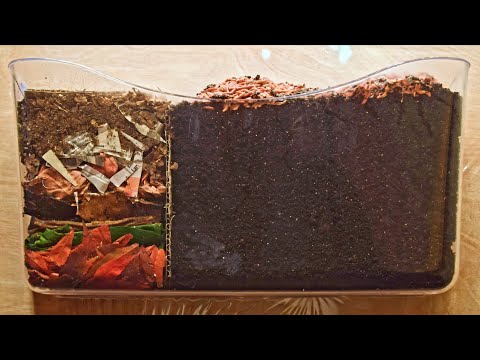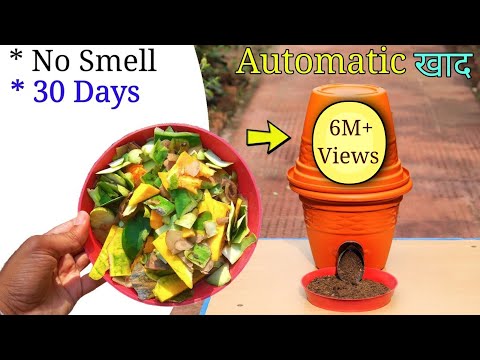1. Choose the Right Spot:
Find a suitable location for your compost pile – preferably in a well-drained area of your garden or yard. It should be easily accessible and receive partial sunlight as both heat and moisture are essential for proper decomposition. Ensure that the spot is away from any structures or trees that could be affected by leachate.
2. Select the Right Container:
While there are various types of composting systems available, one of the simplest methods is to create an open-air pile or heap directly on the ground. This allows earthworms and other beneficial organisms to access your compost easily, speeding up the process.
3. Start with Organic Waste:
The key ingredients for successful composting are organic matter from daily household waste products such as fruit and vegetable scraps, coffee grounds, tea bags, eggshells, and yard waste like grass clippings and dry leaves. Avoid adding animal products or oily substances as they may attract pests.
4. Balance Your compost Ingredients:
To ensure optimal decomposition, it’s important to strike a balance between carbon-rich “browns” (dry leaves, straw, shredded paper) and nitrogen-rich “greens” (kitchen scraps, fresh grass clippings). A ratio of roughly 3 parts browns to 1 part greens creates an ideal environment for microbes that break down the materials.
5. Chop It Up:
Chop or shred larger items into smaller pieces before adding them to your compost pile. Breaking down the materials increases their surface area, allowing microorganisms to access them more easily and accelerate decomposition.
6. Layer It:
Alternate layers of browns and greens to maintain airflow and prevent the compost pile from becoming too compacted. This layering technique helps create a healthy balance between moisture retention and drainage, fostering the growth of beneficial microorganisms.
7. Maintain Moisture Levels:
It’s essential to keep your compost pile moist but not soggy. A dry compost pile will decompose slowly, while an excessively wet one may lead to odors or attract pests. Regularly check the moisture content by squeezing a handful of compost – it should feel like a damp sponge.
8. Turn It Regularly:
Aerating your compost pile by turning it every few weeks is crucial to maintaining optimal decomposition conditions. By mixing the materials, you ensure that oxygen reaches all parts of the pile, preventing unwanted odors and promoting rapid decomposition.
9. Be Patient:
composting is not an instant process, and it can take anywhere from a few months to a year for your compost to be ready for use in the garden. Factors such as temperature, moisture levels, and the size of your compost pile will influence its decomposition rate. Patience is key!
10. Use Your compost:
Once your compost has transformed into a dark brown, crumbly material with an earthy smell, it’s ready to use! Incorporate it into your garden soil as a nutrient-rich amendment or add it around existing plants as mulch to improve water retention and suppress weeds.
By following these simple steps, you can easily create your own compost piles at home. Not only will you reduce waste but also reap the benefits of healthier soil and more productive gardens – all while playing a valuable role in the journey towards sustainability!





